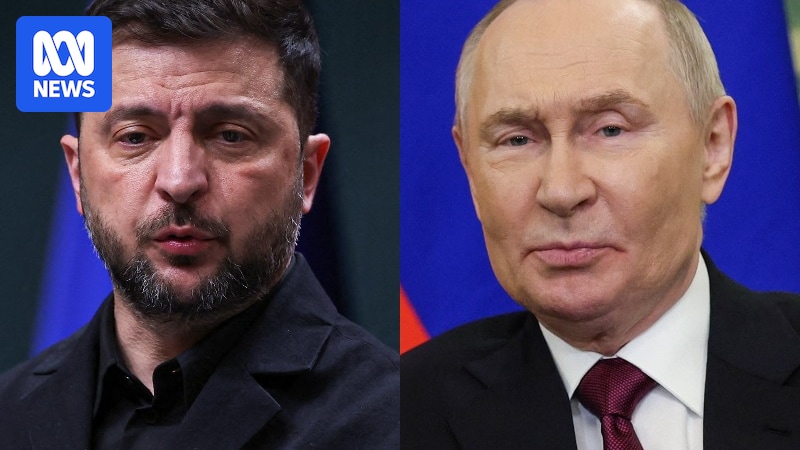
It’s easy to forget just how many summits, meetings, and rounds of negotiations have taken place regarding the war in Ukraine since Russia invaded its neighbor in 2022. The latest development involves a 28-point peace plan that has stirred significant controversy, primarily because it seems to echo Moscow’s longstanding demands.
The most ostentatious of these diplomatic engagements occurred in August in Alaska, where U.S. President Donald Trump met with Russian President Vladimir Putin. This meeting was conspicuous for several reasons, including the fact that Putin, who has an arrest warrant from the International Criminal Court, was welcomed on American soil with a red carpet treatment and a U.S. military fly-past. In return, Trump received what many assess as a global humiliation, as no tangible concessions were gained.
Key Provisions of the Peace Plan
When news leaked of the new 28-point peace plan for Ukraine, the global reaction was one of shock. The plan, attributed to the U.S., largely mirrors what Putin has sought since before the invasion, albeit with even less conciliatory terms. The proposal includes recognizing Crimea, Luhansk, and Donetsk as de facto Russian territories, a move that has alarmed European leaders.
The plan also stipulates that Kherson and Zaporizhzhia will be frozen along the current line of contact, effectively recognizing Russian control. The most contentious demand is for Ukraine to withdraw from the Donetsk oblast, creating a “neutral demilitarized buffer zone” that few believe would remain neutral under Russian influence.
European Concerns and Responses
European leaders have reacted with alarm, not only because of the concessions to Russia but also due to the implications for European security. The proposal effectively demands changes to the NATO constitution, suggesting that Ukraine would never be admitted, a condition that undermines the sovereignty of both Ukraine and its European allies.
Ursula von der Leyen, President of the European Commission, emphasized that the U.S. proposal could leave Ukraine more vulnerable to Russian aggression in the long term. German Chancellor Friedrich Merz echoed these concerns, stating that Russia “can’t continue to advance and engage in its hybrid attacks in Europe.”
The Role of the United States
Strangely, the United States is positioning itself as a “middle man” between Russia and NATO, despite being NATO’s largest member. This role is complicated by the fact that Europe has been the primary funder and supplier of arms to Ukraine, purchasing weapons from the U.S. as American assistance has waned.
The U.S.’s unilateral negotiations with Russia on a peace plan, without involving Ukraine or European allies, have further strained transatlantic relations. The proposal also includes a financial arrangement where the U.S. would benefit economically, raising questions about the motivations behind the peace plan.
Europe’s Counterproposal
In response, European leaders are crafting their own proposal to counter the U.S.-Russian plan. Von der Leyen outlined three main points of difference: borders cannot be changed by force, Ukraine’s military capabilities must not be limited, and the European Union’s role in securing peace must be recognized.
Europe is also considering using frozen Russian assets to fund Ukraine’s defense, though this plan has faced delays and complications. The U.S. has proposed a complex financial arrangement involving a U.S.-Ukraine investment vehicle, further complicating the situation.
Looking Ahead
European leaders are set to meet again in Angola to discuss the peace plan and their response. The question remains whether they can act decisively to counter the combined pressures from Putin and Trump. The situation is further complicated by the unpredictable nature of Trump’s administration, with conflicting signals about who is driving the deal and the negotiability of its terms.
As the world watches, the future of Ukraine and European security hangs in the balance, with the potential for significant geopolitical shifts depending on the outcomes of these negotiations.







